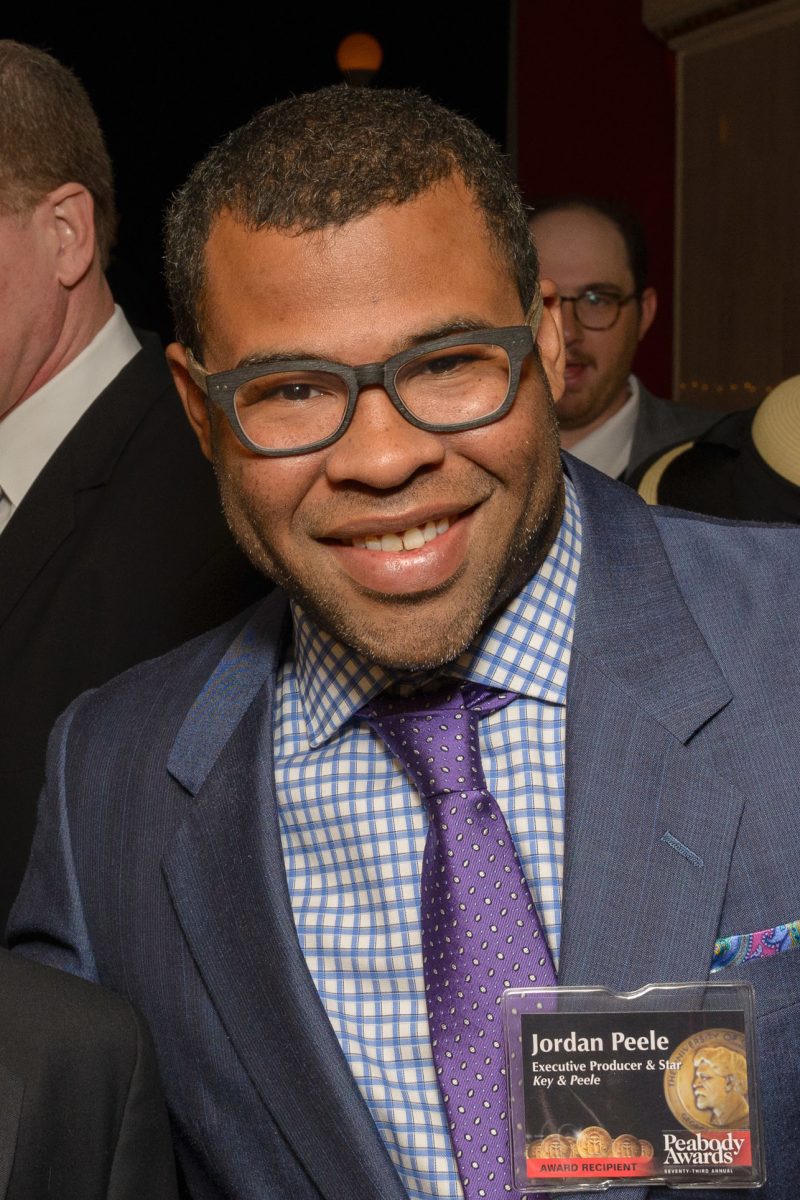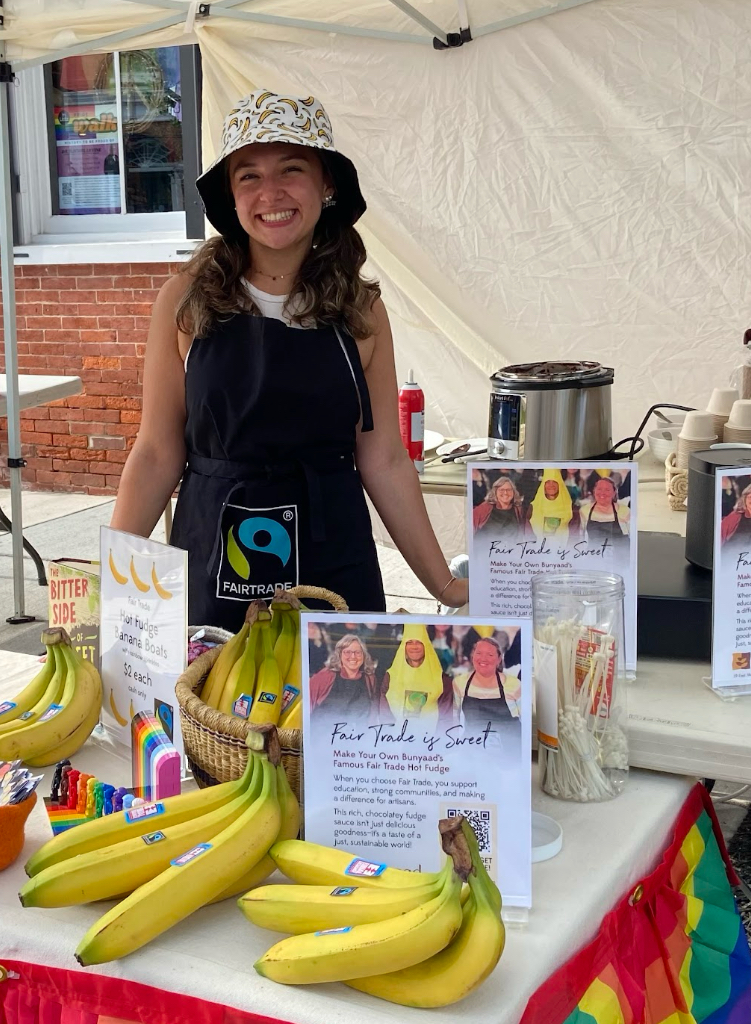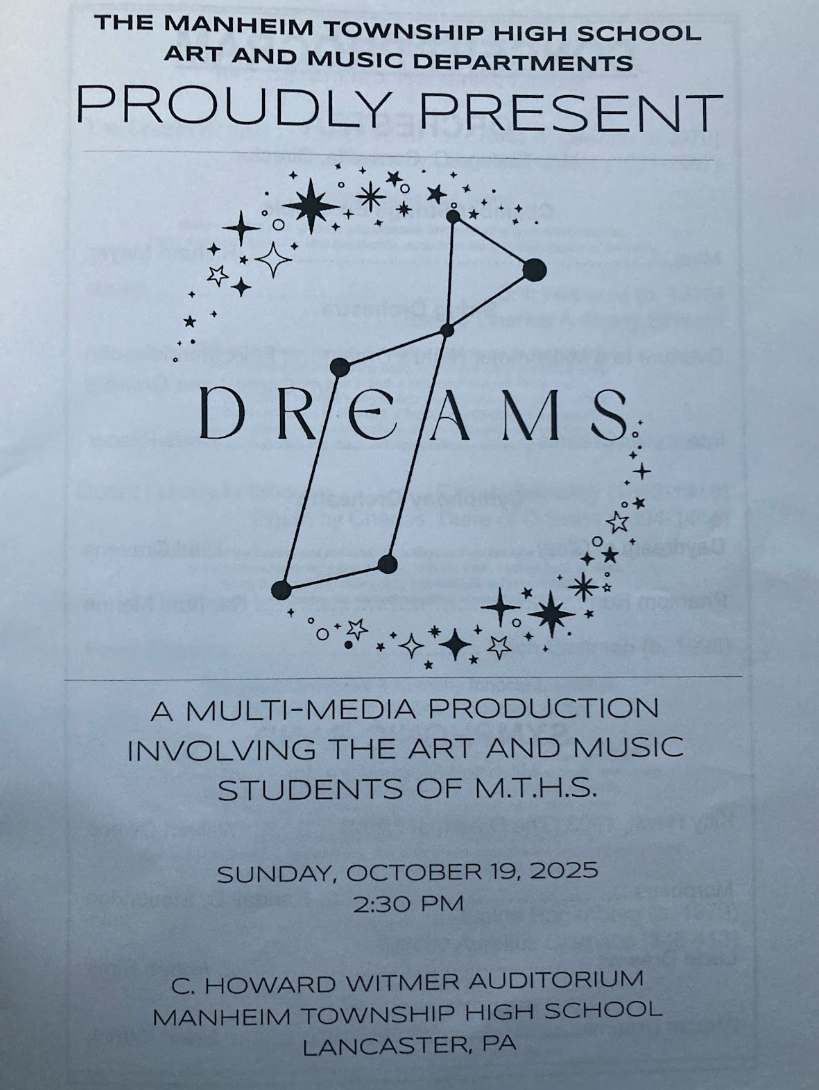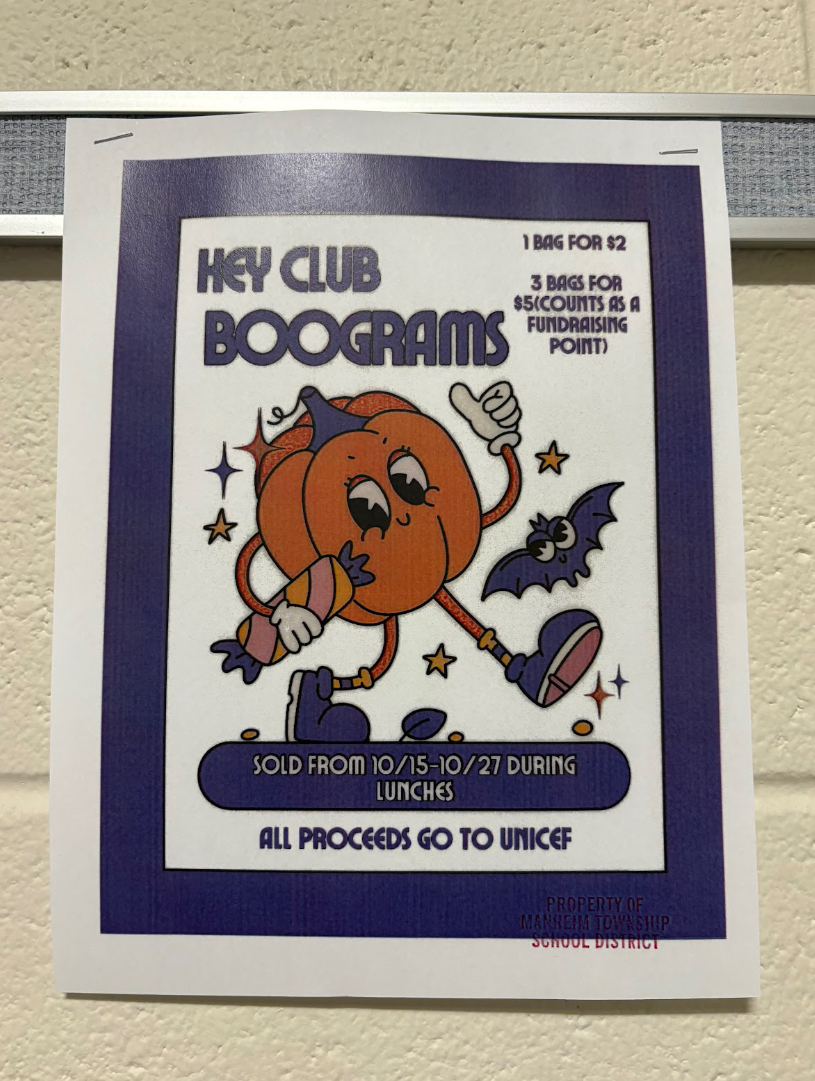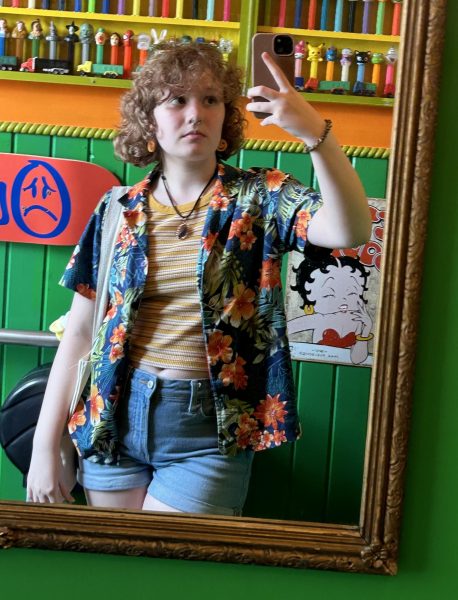Trends come and go all the time, but, within the past few years, trends seem to have shorter and shorter lives. This shortened attention has led to the creation of the microtrend: a trend that doesn’t last very long and seems to lose popularity just as quickly as it gains popularity. This frequent fall from popularity has been very common among fashion aesthetics as of late. Interestingly, this phenomenon is also occurring in reusable water bottles, which have become accessories in their growing popularity.
Each of the most recent water bottle trends have their own appeal. The arguably most culturally significant of these is the Hydro Flask, which reached popularity in 2019 with the emergence of the VSCO girl aesthetic. The VSCO girl motto was “save the turtles” and portrayers of this aesthetic by using metals straws and reusable water bottles to reduce plastics in the ocean. The Hydro Flask ended up becoming “the water bottle” to have during the height of this trend and many people still use their Hydro Flasks to this day, due to its ability to keep drinks cold.
Within the last year, a new water bottle has been on the rise: the Stanley cup. These massive reusable cups have gained a cult following, with people fighting their way to get the new tumblers when a limited collection drops, as seen in the viral video of shoppers shoving each other and grabbing as many cups as possible when a limited edition Valentine’s Day collection dropped at Target. Another viral video claiming one of the cups could survive a car fire was instrumental in the Stanley’s rise to popularity. Stanleys became popular due to their size and ability to keep things cold, as well as their aesthetic appeal. Although some may claim that they are spill proof, many disagree, saying that they are prone to spillage. Another complaint is that it can be annoying to carry around since they are so huge.
More recently, a new water bottle has gained popularity: the Owala. Known for its fun color combinations, the Owala FreeSip design has a duo-use lid, giving the user the choice of whether they want to use the straw. Owala has also come out with a 40 ounce tumbler, like many other brands, to compete with Stanley, but their FreeSip model has gained more popularity for its functionality.
Though some may feel obligated to buy into the latest water bottle trends, this phenomenon can actually lead to over-consumerism. Over-consumerism is when people purchase too many consumer goods, often far more than what is necessary. This phenomenon can create a lot of waste, especially when people purchase things that they don’t need, such as the newest trending water bottle.
One of the strangest results of water bottle micro-tends is that they defeat the purpose of reusable water bottles. People originally turned to reusable water bottles as a means to help the environment. But by constantly buying new water bottles, people aren’t reusing the ones that they already have, ultimately making the “reusable” part of reusable water bottles obsolete. This practice also applies to trends outside of water bottles, especially fashion. Buying a new wardrobe every season to align with the current trends is simply not sustainable; it’s costly and wasteful.
The water bottle market has become increasingly competitive, with brands coming out with copycats to the newest trending bottles. With the short lives of all of these trends, this constant cycle of multiple brands producing similar trending styles of water bottles can give consumers a lot of choices and similar alternatives to the more expensive water bottles, but this overwhelming production of water bottles is incredibly harmful and wasteful. Consumer over-demand can lead to overproduction, especially with people wanting more than what they need, such as multiple colors and designs of one water bottle. This demand, of course, leads to a lot of waste.
So what can you do to combat this? Reuse what you already have! The constant societal pressures to keep up with trends can be persuasive, but you don’t have to give in. Your water bottle might not be “trendy” anymore, but there are ways to deal with that as well. Put stickers on your water bottle to customize it and make it your own. This practice can apply to other trends as well. Just use the basics that you have and decorate or accessorize to align with current trends. Let’s start a new trend by using what we already own to reduce waste.





